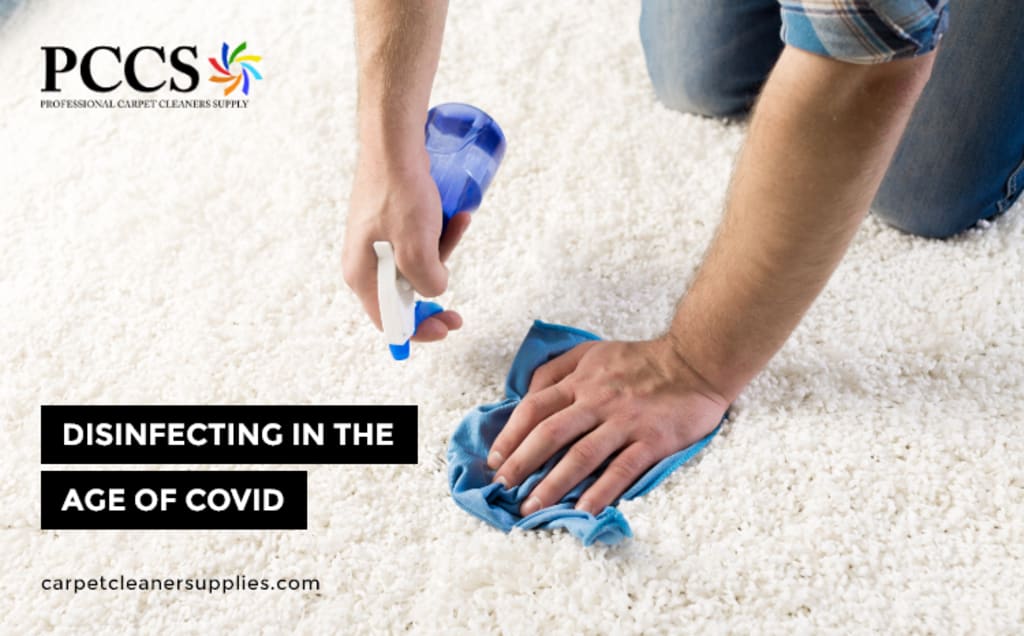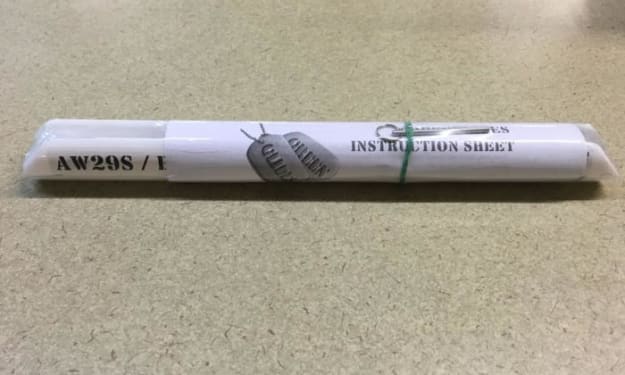Disinfecting in the age of COVID
Sanitizing in the period of Coronavirus

During the level of the pandemic, you were unable to try and get Clorox from the supermarkets. Sanitizers wherever were sold out. There was a crazy interest for these items that, before, we had truly simply offered to experts and foundations. We knew a many individuals, organizations and establishments were purchasing sanitizing administrations and we realized there were a many individuals out there doing them that likely didn’t have the foggiest idea how.
Things have evened out a little from that point forward. A portion of the temporary “disinfection” administrations have tumbled to the wayside and some of them have moved forward their game, gained from their mix-ups and figured out how to succeed. All things considered, the majority of us have sorted out what works and what doesn’t and with most all that back in stock nowadays it’s significantly simpler. Here is our feedback on the most proficient method to finish your occupation properly.
Clean first…
In the event that you have any involvement with sanitizing, you realize you should initially clean the region. The directions on the jug of any sanitizer have quite certain guidelines that should be continued to say something has been cleaned. Surfaces should remain consistently wet with the sanitizer for an endorsed measure of time to make the cases on the name for example “Kills Norovirus in a short time” or “kills Covid in 50 seconds”. We’ll utilize your kitchen counter for instance. Suppose somebody wiped out has been to your home and you need to sanitize the regions they were in. Your house is now spotless so you choose to utilize a supermarket sanitizer and wipe down every one of the hard surfaces. It would be ideal for this to function admirably. Be that as it may, imagine a scenario where the house wasn’t spotless in any case. Imagine a scenario where it’s a storing circumstance and there are a lot of dry or potentially wet flotsam and jetsam on the hard surfaces. Consider the possibility that there’s been a cataclysmic event and there has been dark water in the home. Before long we start to see that conditions requiring sanitization fluctuate fiercely and for an expert, it is ideal to have an arrangement to follow. Evacuation of flotsam and jetsam, with the goal that you can really get to the surfaces requiring sanitizing, is vital.
We like peroxide cleaners. There are many advantages and scarcely any disadvantages. A decent peroxide cleaner like Sentinel’s Envirowash 300 will froth up upon contact with natural flotsam and jetsam. Envirowash is around 7.5% peroxide by volume, can be delivered UPS and separates into water and oxygen. Peroxide alone can kill numerous microbes without anyone else, but you generally need to follow the headings on the container of the cleaning arrangement you are utilizing.
When a region is appropriately cleaned, it can then be sanitized.
Then sanitize!
The sanitizer you use matters. The principal thing to consider is yourself in this situation. There are numerous sanitizers available today and some of them are more hazardous to deal with and require a ton of individual defensive gear or PPE. Fortunately, science is truly our ally here! In the beyond couple of many years, a couple of leaders in the compound sanitization game have arisen. Those incorporate the extraordinarily protected, naturally inferred sanitizers that utilization a concentrated or engineered type of thyme and oregano oil. These items don’t expect you to wear any PPE to apply them and they have a GRAS (by and large perceived as protected) rating. There are occupations for which the more seasoned sanitizers are more proper and knowing when to utilize every synthetic is a significant piece of any remediation professional’s preparation. The WRT and AMRT classes present and develop the circumstances for which these synthetic compounds are called for.
Chlorine dioxide sanitizers are additionally building up some momentum. Since they separate into water and oxygen, are really successful at killing microorganisms and the smell that accompanies them and are generally protected, they’ve certainly procured a spotlight here! Chlorine dioxide can be utilized in fluid or gas structure. The last option isn’t proper for sanitizing yet can be extraordinarily helpful in eliminating mal smells when nothing else works especially in instances of rottenness. The fluid structure anyway is cheap, cleans rapidly and for most items all that is required is eye insurance relying upon the centralization of the item.
The business keeps on pushing toward more secure innovations, faster kill times and more viable practices that permit workers for hire to think about the big picture before attacking the details. You should rest assured that when you shop at PCCS, you are browsing awesome, most progressive science and instruments available. While your eye is at work and your clients, our eye is on you, your security and your main concern!
The COVID-19 pandemic has changed the way we live our lives in many ways, and one of the most important changes has been the increased focus on disinfecting surfaces. This is because COVID-19 can spread through contact with contaminated surfaces, so it is important to take steps to clean and disinfect surfaces regularly.
There are a few things to keep in mind when disinfecting surfaces to help prevent the spread of COVID-19. First, it is important to clean the surface before disinfecting it. This will help to remove any dirt or debris that could interfere with the effectiveness of the disinfectant. Second, it is important to use a disinfectant that is effective against COVID-19. The Centers for Disease Control and Prevention (CDC) recommends using a disinfectant that contains at least 70% alcohol, or a disinfectant that has been registered with the Environmental Protection Agency (EPA) for use against COVID-19.
Once you have chosen a disinfectant, it is important to follow the directions on the label carefully. This will ensure that you are using the disinfectant correctly and that you are not exposing yourself to harmful chemicals. It is also important to wear gloves and a mask when disinfecting surfaces, to protect yourself from exposure to germs.
Here are some tips for disinfecting surfaces in your home and workplace:
Disinfect high-touch surfaces regularly, such as doorknobs, light switches, countertops, and faucets.
Disinfect surfaces that are used by people who are sick.
Disinfect surfaces after someone has been sick.
Disinfect surfaces after someone has been traveling.
By following these tips, you can help to prevent the spread of COVID-19 and keep yourself and your loved ones safe.
Here are some additional tips for safe disinfecting:
Open windows and doors to ventilate the area.
Wear gloves and a mask to protect yourself from exposure to harmful chemicals.
Do not mix cleaning products, as this can create toxic fumes.
Follow the directions on the label carefully.
Dispose of used disinfectants properly.
By following these tips, you can safely disinfect surfaces and help to prevent the spread of COVID-19.
About the Creator
Enjoyed the story? Support the Creator.
Subscribe for free to receive all their stories in your feed. You could also pledge your support or give them a one-off tip, letting them know you appreciate their work.





Comments
There are no comments for this story
Be the first to respond and start the conversation.